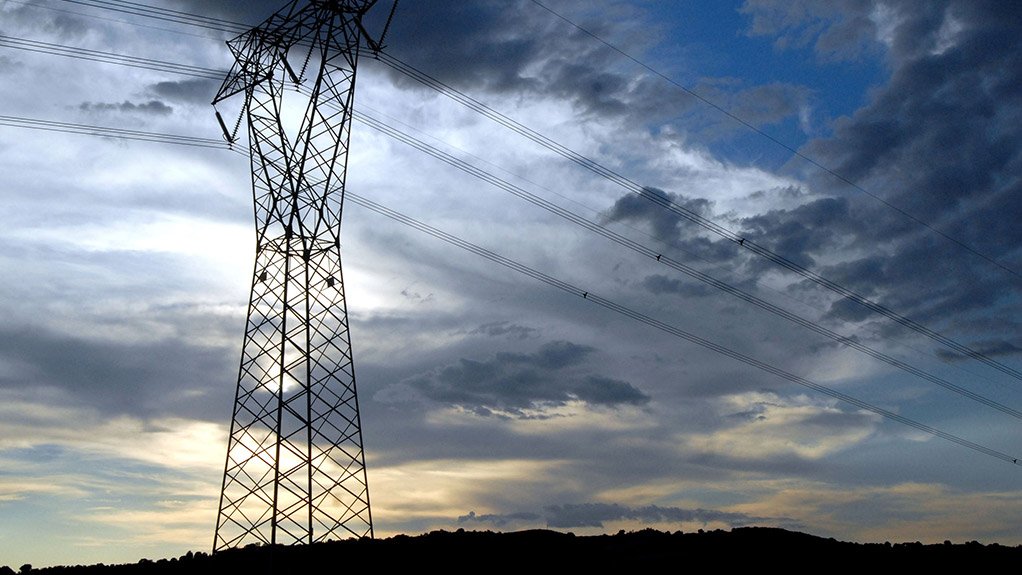State-owned power utility Eskom will make no apologies for its unpopular load shedding measures, saying on Wednesday that the long-term sustainability of the group and the security of the national power grid remained “at the heart of everything we do”.
Noting that the parastatal had to make “difficult decisions on a daily basis” to keep the lights on, Eskom group executive for sustainability Dr Steve Lennon told a media and stakeholder information session that the company had recently made a
“step-change” in its approach to align security of supply with increasing demand.
“To give you two examples, we have reprioritised the maintenance of our power stations and have [adopted] a more rigorous evaluation process for using our open-cycle gas turbine stations, which takes into consideration the cost of operations relative to the limited funds we have available,” he commented.
Lennon added that one of the critical functions of Eskom was to maintain the power system at a frequency level of 50 Hz to prevent a blackout, which would be averted through the implementation of scheduled load-reduction measures when necessary.
“Eskom will only instruct load reduction measures when there is an imbalance between the electricity demand and the supply that it can provide at a particular time.
“This is done either through load curtailment, when Eskom asks big business to reduce their load by up to 25% to help free up pressure on the grid, and load shedding, where the focus shifts to residential and commercial customers,” outlined Eskom National Control Centre manager A’Louise van Deventer.
Lennon added that people should not appeal to the utility to stop load shedding.
“We want people to understand why we do it. We have to be prepared to respond to a blackout threat. You can’t tell Eskom not to load-shed, as that’s a recipe for disaster,” he cautioned.
Van Deventer added that load shedding was not simply an inconvenience to energy users but an indication that the national power system was “on the edge”.
“[At that point], if anything else goes wrong, we [run the risk] of losing the whole country,” she pointed out.
Eskom’s fierce defence of its load reduction measures rested on the need to avoid a “devastating” blackout scenario, which would see a level of electricity demand that could not be met by reserve or other grid-linked power sources.
This would lead to the uncontrollable cascading and tripping of all generation, and load on the power grid, leaving the entire country without power.
“This will shut down the entire country. The consequences of a blackout are horrendous,” noted transmission specialist Dr Richard Candy.
According to Eskom, should a blackout occur, it would take at least two weeks for power to be restored to the majority of the country, as the breakers would have to be manually switched on and the power plants brought back on line incrementally.
“This is a best-case scenario, as it could take longer. Unlike other countries, which have nearby neighbouring utilities, Eskom has no equivalent in the region that could provide the country with some electricity until all power was restored. We would be on our own,” Van Deventer commented.
Lennon, however, hastened to add that there was no immediate blackout threat to the country, as Eskom’s National Control Centre managed supply and demand variations on a real-time basis, implementing load-reduction measures where necessary.
“We are constantly looking at ways of being more predictable, but risks can emerge unexpectedly,” he noted.
This was evident on March 6 this year, when Eskom instituted 14 hours of load-shedding across the country following five years of no load reduction measures, after 1 500 MW of capacity was lost as a result of breaker trips at the Kendal and Majuba power stations, both in Mpumalanga.
Eskom currently generated around 35 000 MW a day of electricity, 32 726 MW of which came from coal-fired power stations, 1 860 from nuclear power, 600 MW from hydropower, 3 MW from wind power and the remainder from a high-voltage direct-current supply from Mozambique.
EMAIL THIS ARTICLE SAVE THIS ARTICLE
To subscribe email subscriptions@creamermedia.co.za or click here
To advertise email advertising@creamermedia.co.za or click here











